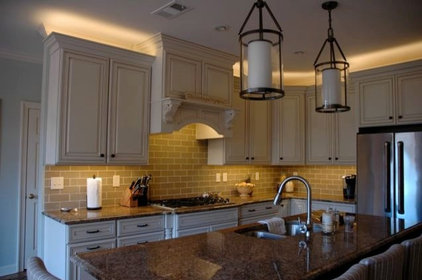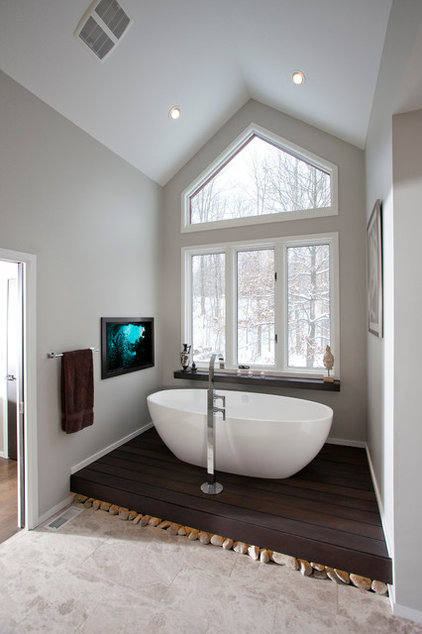
The world is a colorful and constantly-moving place – so shouldn’t your bedroom be too? The Cromatic collection of kids’ bedroom furniture from Arasanz is a fun exploration of the connections and differences between permanent and movable furniture.

The range of furniture includes bed, storage and desks that can be configured in a number of different ways. All of the furniture is on casters, making it simple to move around into different positions in the room.
The great thing about the Cromatic collection is that it takes up so little space but can be used for a wide variety of activities. As seen in the video above, moving the pieces around is simple enough for kids to handle, and lets them dictate how their own rooms look and function.

Of course, we can imagine problems with kids sharing the same set of furniture in one bedroom. One will want to use the desk while the other, who inhabits the bed directly under the desk, will want to take a nap. Still, it’s hard to imagine a room cooler than these, even for kids who have to share with siblings.













